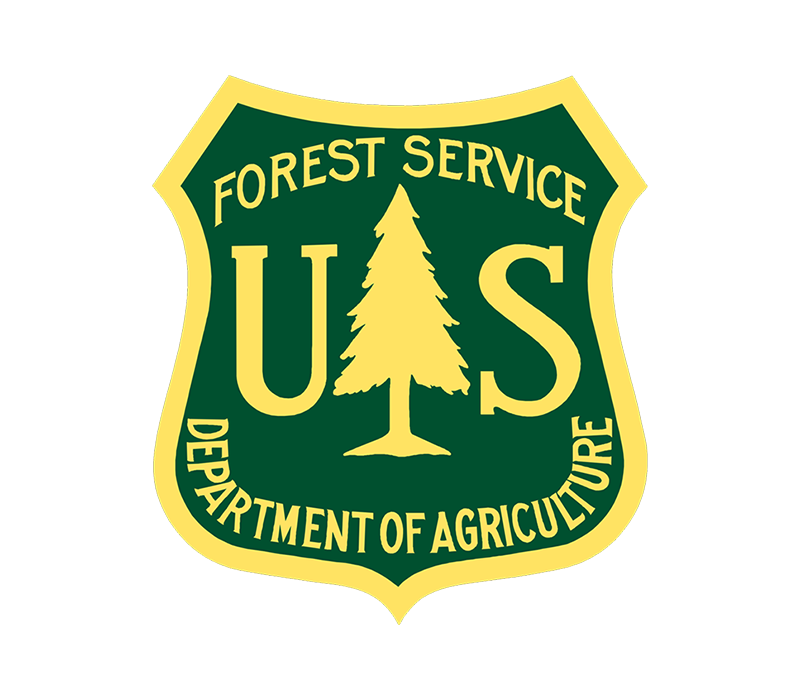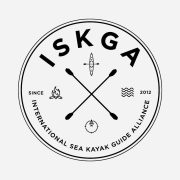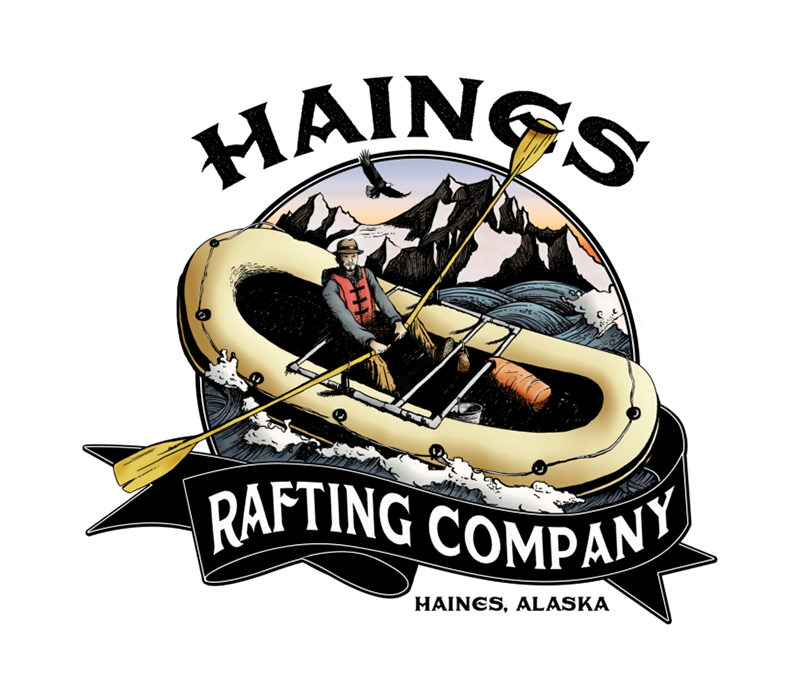- Itinerary
- Day 0
- Day 1
- Day 2
- Day 3
- Day 4
- Day 5
- Day 6
- Day 7
- Including
Itinerary
We meet up in the little fishing town of Yakutat, getting our gear situated and going over our plans for the week. Yakutat is a small town of around 1000 residents who make there living mostly through commercial fishing, guided hunting and sport fishing, and a growing sector of ecotourism. On the Gulf of Alaska, Yakutat is set between Wrangell St. Elias National Park and the Tongass National Forest, setting it within one of the largest expanses of truly breathtaking scenery in Alaska. Nearly 100 miles from any other coastal town, Yakutat is accessible by sea or by air but is not connected to any road system, so to say it is isolated is an understatement. It sees a number of flights each day from both commercial airlines and small bush flight companies in the spring, summer and fall, and the Alaska State Ferry stops there semi regularly in that season as well, but living in Yakutat still takes a unique character. At the foot of the Fairweather and St. Elias mountains, Yakutat is watched over by Mount St Elias at over 18,000 feet. The Tlingit people, the native group who have lived here for generations, named the great mountain Was-eiti-shaa, meaning “Mountain in Icy Bay,” which is a fitting name for the massive mound of ice and rock overlooking these icy waters. These mountains, sprawling glaciers and lush green forests will frame our world during this week on the waters of Russel Fjord.
Russel Fjord Wilderness is just under 350,000 acres and is made up of deep valleys carved out by the glaciers over thousands of years. When the glaciers from the last ice age receded sea water filled in these valleys, simple plant species repopulated the exposed rock, gradually building up organic material and creating an environment to support more complex plants such as spruce and hemlock which form the lush forests we see today. These forests as well as the waters which now fill these fjords are home to a rich and diverse array of species. In the waters we see incredible marine life including Humpback and Killer whales, sea lions and seals, sea and river otters just to name a few. In the forest, along the beaches and in the mountains, species like wolves, moose, and wolverine are in strong numbers. And, of course, there are the bears. Brown and black bears are commonly seen all throughout Russel Fjord, but this area is also home to a much more rare sight, the “Blue Bear” – a color phase of the black bear that gives the creature a grayish–blue appearance.
We will be in a truly remote part of Alaska while we are in Russel Fjord and without a doubt in one of the most unique paddling destinations on the planet. To the north, the Hubbard Glacier, the largest tidewater glacier in North America, is one of the few glaciers we have seen actually advancing in the past few years. In fact, several times in the not-too-distant past the Hubbard Glacier has actually closed off the entrance to Russell Fjord creating a huge lake and trapping a number of marine mammals. But luckily the ice gave way and all the wildlife were able to escape the largest glacial lake in the world at the time. The Russel Fjord Wilderness, formed in 1980, is a protected area set aside for explorers just like us to paddle and hike through for generations to come. With respect, we will travel its shores and along its trails in unison with all its wildlife leaving no trace of our presence but taking with us the impression it will leave on our souls long after we have gone.
Day 0
Meet your guide in Yakutat for a pre-trip meeting and dinner.
Day 1
On our first morning, after one last breakfast in town, we meet our shuttle, load up all our gear and head out east of town to the start of our Russel Fjord Expedition. Once we are unloaded, we will shuttle out gear about three quarters of a mile to our put in at Mud Bay on Russel Fjord. This will be our first camp and we will spend the first day dialing in our kayaks and going over water safety.
Day 2
Off we go into Russel Fjord. Today we head north past Cape Stoss, keeping our eyes peeled for marine mammals or poking our noses into smaller coves and bays and looking for wildlife along the shore. By days end, we pick out a nice beach-front campsite with world class views.
Day 3
Waking early today, we make our way north and then east, venturing into Nunatak Fjord, which is a long glacially carved valley filled with sea water and offering great opportunities to watch seals and sea lions or maybe even humpbacks or orcas with a little luck.
Day 4
As we head out today, with a little luck with the weather, the Hubbard Glacier will come into view. This is one of the few glaciers that has been still advancing in recent years and has actually blocked off Russel Fjord several times. If we make good time, we can paddle through icebergs and then camp at Marble Point and watch the ice calve from a safe distance.
Day 5
Today we can sleep in a little, have a hearty breakfast, and then start heading south. Having made it nearly all the way to the Hubbard Glacier, we have a couple days left and a good distance to cover to our take-out point. But don’t worry. We have lots of beach opportunities from campsites and campfires with incredible views.
Day 6
Paddling south today, our goal is Cape Stoss, near where we will take our kayaks out of the water, pack up, and hike out. This area has one last possible surprise for us. The area around Cape Stoss and Mud Bay in Russel Fjord is known as the home of “blue bears” – a color phase of black bears that is very rare and gives them a blue–gray appearance. We would be very lucky to see one of these bears, but we will keep our eyes peeled because nothing would better top off a trip like this than to see a “blue bear.”
Day 7
One last camp breakfast, then we pack up the boats for our short paddle to the take out at Mud Bay. Going ashore, its time to get the legs working again as we shuttle our gear back through the forest to meet our shuttle to Yakutat. While we are sorry to be leaving Russel Fjord, the possibility of a warm shower in our near future is a formidable consolation.
Included
Food while in the field
Group camping gear
Tents, sleeping bags, sleeping pads
Kayak, paddle, PFD, safety gear
Professional guide service
Not Included
Lodging while not in the field
Food while not in the field
Personal equipment
Gratuity for guide(s)















